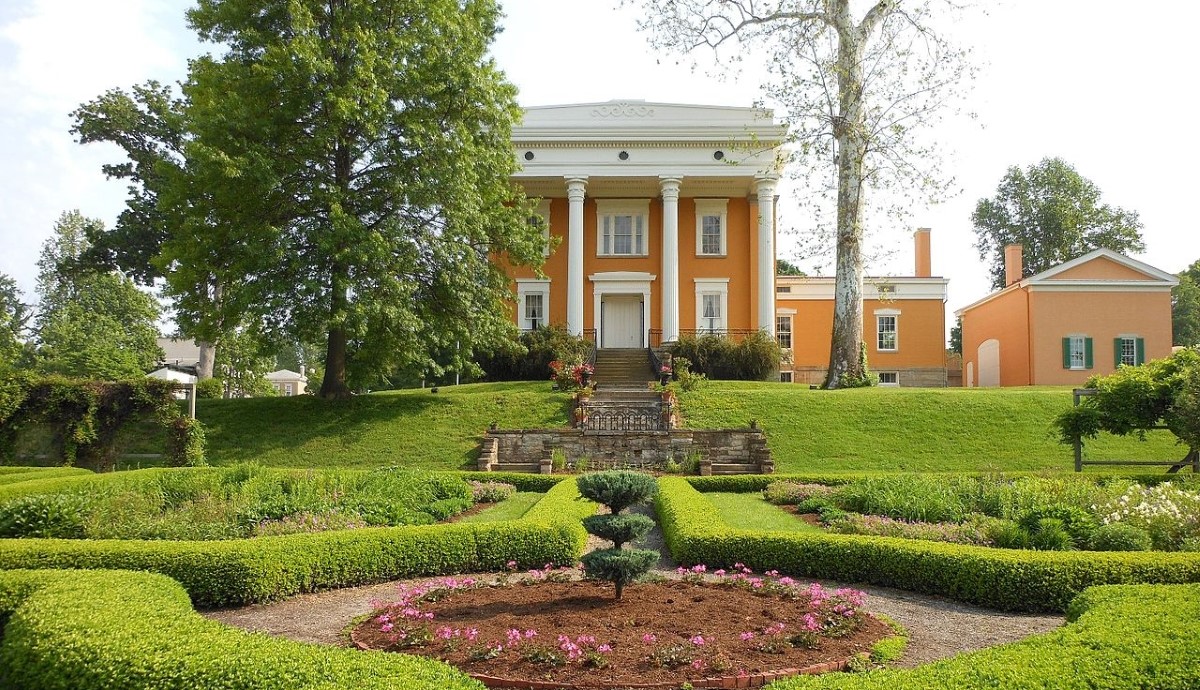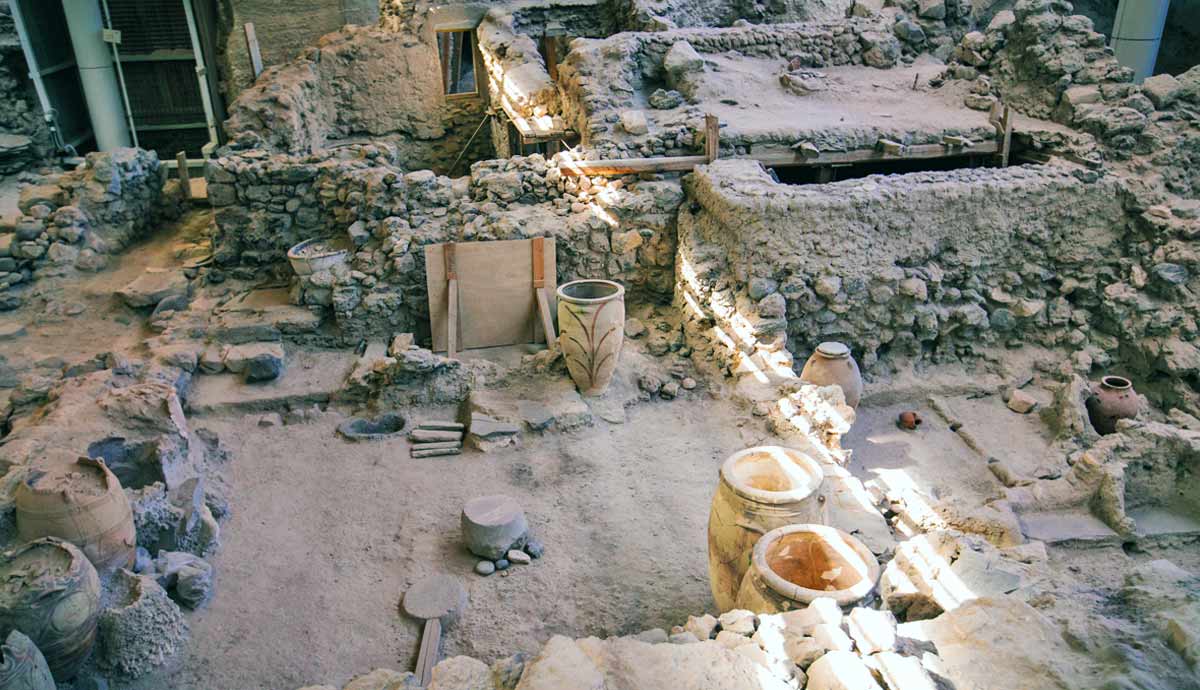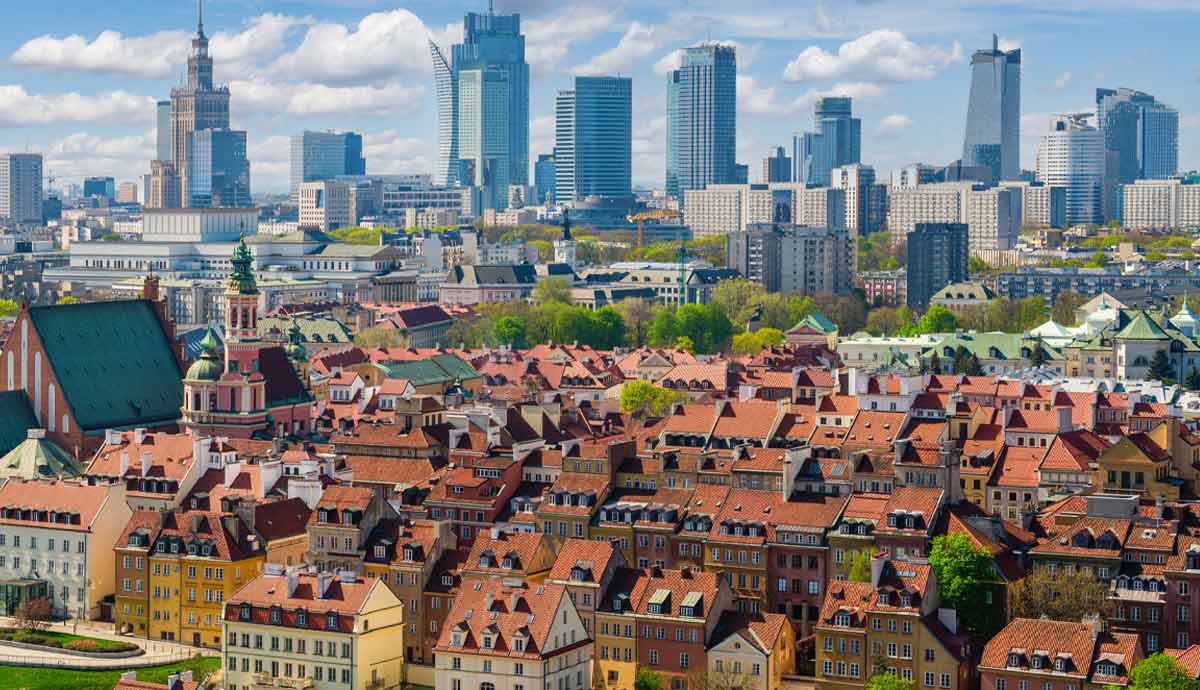
When thinking of relocating, people often consider factors like affordability, job opportunities, quality of life, and proximity to amenities. The decision to move is deeply personal, shaped by the desire for a fresh start, better living conditions, or a stronger sense of community. While practicality often drives these choices, many also look for cities that align with their interests and passions. For history enthusiasts, the prospect of living in a place rich in historical significance can be particularly appealing.
Living in a place where you can explore historic landmarks, visit centuries-old museums, or attend cultural events that celebrate the past adds an enriching layer to daily life. When combined with affordable housing and a lower cost of living, these cities offer an opportunity to connect with America’s story in meaningful and tangible ways. That’s why we’ve curated this list of ten history-rich but affordable US cities that are perfect for relocation.
1. Richmond, Virginia

As the capital of the Commonwealth, Richmond played pivotal roles in both the American Revolutionary War and the Civil War. It was founded in 1742. When you move to this iconic Virginia city, you’ll have the unique chance to explore St. John’s Church, where Patrick Henry’s fiery “Give me liberty, or give me death!” speech ignited revolutionary fervor. The Virginia State Capitol, designed by Thomas Jefferson, showcases neoclassical architecture and serves as a living piece of history.
For Civil War enthusiasts, the American Civil War Museum and Tredegar Iron Works provide deep insights into the nation’s most tumultuous period.
Nature and history converge along the Canal Walk, a scenic pathway lined with interpretive signs detailing Richmond’s 400-year-old past. Art lovers can marvel at the Virginia Museum of Fine Arts, which houses world-renowned collections.
Also, Richmond is an affordable place to live. The city’s cost of living is approximately 5% lower than the national average, with housing costs about 15% below the US average.
2. Savannah, Georgia

This is the oldest city in Georgia, so no wonder it’s the perfect place to live for history buffs. Savannah served as the British colonial capital and later the first state capital.
When moving there, some of the favorite historic sites you’ll love seeing include the Savannah Historic District, a National Historic Landmark featuring cobblestone streets, historic homes, and 22 park-like squares. Prominent landmarks include the Juliette Gordon Low Birthplace, the Telfair Academy of Arts and Sciences, and the First African Baptist Church, which stands as one of the oldest Black Baptist congregations in America.
The cost of living in the city is about 7% below the national average. Housing costs are about 23% below the US average.
3. Pittsburgh, Pennsylvania

Established in 1758, Pittsburgh is a city rich in history and culture. Once a steel industry powerhouse, it has transformed into a hub of innovation while preserving its historical landmarks. Visitors can explore the Heinz History Center, the largest history museum in Pennsylvania, which offers insights into the region’s past.
The Duquesne Incline, operational since 1877, provides panoramic views of the city and a glimpse into its transportation history. The Fort Pitt Museum at Point State Park delves into Pittsburgh’s role during the French and Indian War.
The city’s cost of living is approximately 8.2% lower than the national average, with housing costs about 39.5% less expensive than the national average.
4. Louisville, Kentucky

George Rogers Clark established Louisville in 1778. This is the largest city in the Commonwealth of Kentucky, and it has had its significance throughout American history. Known as the gateway to the West, Louisville played a critical role during westward expansion and the Civil War.
The city’s historic charm is seen through landmarks such as Old Louisville, the largest Victorian residential district in the United States, and the Frazier History Museum, home to unique artifacts and stories of the American frontier. The Belle of Louisville, a historic steamboat from 1914, still sails the Ohio River, offering a nostalgic connection to the past.
As for affordability, Louisville ranks as one of the most budget-friendly cities in the US. The cost of living here is approximately 10% lower than the national average, while housing costs are about 20% less. With a median home price of around $230,000, Louisville combines historical richness and economic ease.
5. Mobile, Alabama

Nestled along the Gulf Coast, Mobile, established in 1702, is Alabama’s oldest city. It boasts a rich history and vibrant culture. Its streets echo tales from French, Spanish, British, and American eras, each leaving an indelible mark on the city’s character.
Some of the most iconic historic sites you’ll enjoy visiting when moving there include the History Museum of Mobile, which offers insights into Mobile’s past. As for the USS Alabama Battleship Memorial Park, it provides a glimpse into military history.
Mobile presents an affordable living environment, with a cost of living approximately 15.9% lower than the national average and housing costs about 30% less than the US average.
6. Madison, Indiana

Once a bustling steamboat port and the site of Indiana’s first railroad, Madison played a pivotal role in the state’s early commerce. Its strategic location made it a significant stop on the Underground Railroad, aiding enslaved individuals seeking freedom.
Today, Madison’s historic district, a National Historic Landmark, showcases well-preserved 19th-century architecture, including the Lanier Mansion, a prime example of Greek Revival style. The city’s commitment to preserving its heritage is evident in its numerous museums and cultural sites.
The overall cost of living index is 76.6, significantly lower than the national average of 100. Housing is particularly affordable, with a typical home costing $196,900, which is 41.8% less expensive than the national average of $338,100.
7. Omaha, Nebraska

Founded in 1854, this city served as a gateway to the West, its bustling riverbanks brimming with the hopes of pioneers. The legacy of this vibrant past remains alive in the Old Market District, where cobblestone streets lead you to 19th-century warehouses transformed into trendy shops and restaurants. Meanwhile, the Durham Museum, housed in the historic Union Station, takes visitors back to an era of bustling railroads and grand travel.
Omaha is a city that welcomes new beginnings with a cost of living nearly 10% below the national average. This means that you’ll find here opportunity and affordability. Median home prices hover around $252,100, offering a chance to settle in neighborhoods rich in history and community.
8. Knoxville, Tennessee

Tucked along the banks of the Tennessee River, Knoxville, founded in 1786, served as Tennessee’s first capital and still hums with echoes of its pioneering roots. Landmarks like Blount Mansion, once home to William Blount, a signer of the US Constitution, and James White Fort, the original settlement of Knoxville, bring history to life for both residents and visitors. The downtown area, including Market Square, remains a central hub, blending historic charm with modern amenities.
Living in Knoxville is financially practical. The cost of living is approximately 8% below the national average, and housing costs are about 30% lower than the US average, with the median home price around $250,000. Knoxville also offers affordable utilities and property taxes compared to other US cities.
9. Hot Springs, Arkansas

Hot Springs, Arkansas, established in the early 1800s, is known for its natural thermal springs. It quickly became a destination for healing and relaxation, drawing visitors from across the country. The city also has a fascinating past as a hub for prohibition-era gambling and as a training ground for Major League Baseball players.
Hot Springs National Park and Bathhouse Row are the city’s most iconic landmarks. Featuring beautifully preserved 19th and early 20th-century bathhouses, the area offers visitors a chance to experience the charm of historic spa culture. Additional unique attractions include the Gangster Museum of America.
The cost of living index is 83.5, significantly lower than the national average of 100. Housing is particularly budget-friendly, with the median home price around $231,700, nearly 31.5% lower than the national median of $338,100.
10. Youngstown, Ohio

Situated along the Mahoning River, Youngstown became a significant industrial hub in the 19th and 20th centuries, particularly known for its steel production. The city was founded in 1797 and is home to a handful of historic landmarks, including the Youngstown Historical Center of Industry & Labor, which allows you to learn about the region’s industrial past. The Tyler History Center offers exhibits and programs highlighting the Mahoning Valley’s history.
Housing is affordable, with the median home value at $154,000, compared to the US average of $338,100. As for the cost of living, it is 25.6% lower than the US average.










